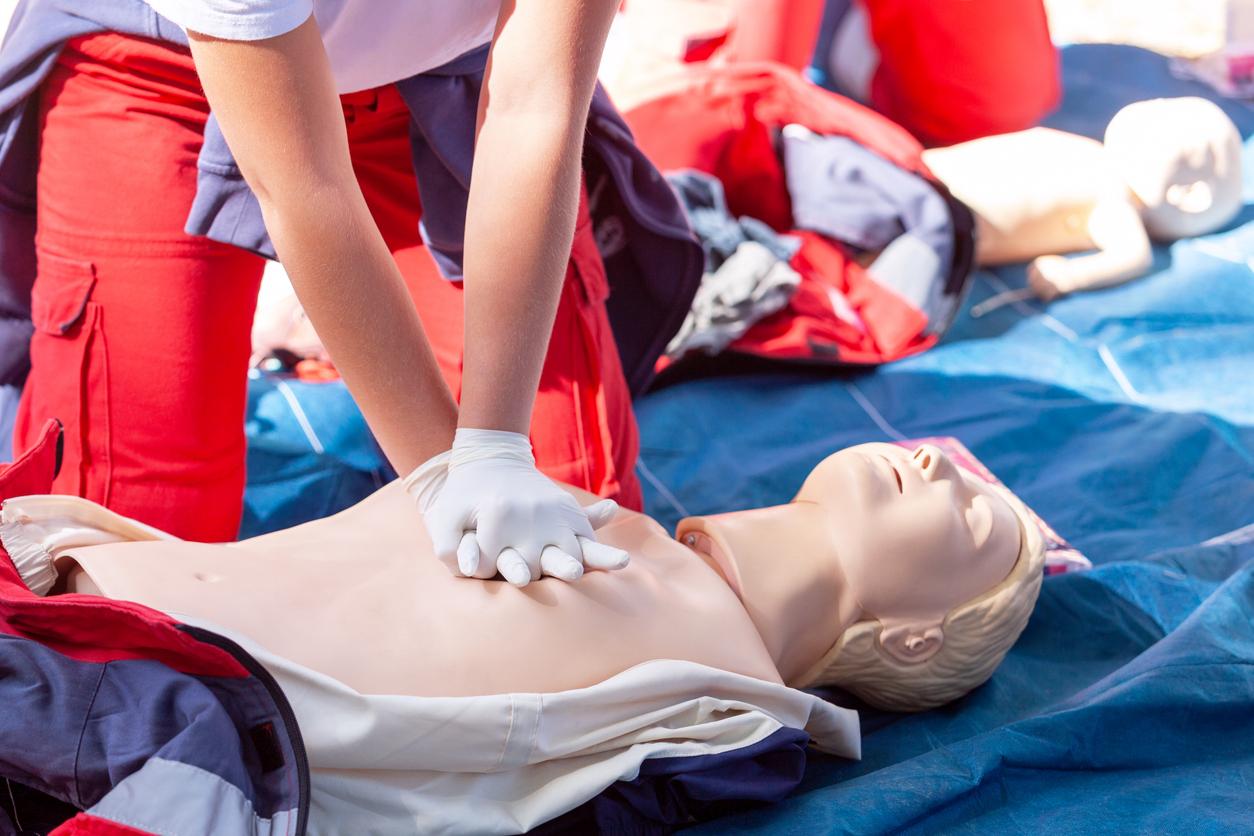According to an audit by the company Matecir Defibril, consulted by FranceInfo, nearly a third of the 500,000 cardiac defibrillators present in French public spaces do not work.

- Automated external defibrillators (AEDs) are medical devices that help resuscitate victims of cardiac arrest.
- In France, almost a third of the 500,000 devices installed are out of service.
- “It is therefore necessary to regularly change the battery cells and the electrodes,” says FranceInfo.
Healthcare facilities, train stations, hotels, restaurants, businesses… In these different places, we must find cardiac defibrillators. Problem: nearly a third of the 500,000 defibrillators installed in France are out of service. This is what revealed an audit of the company Matecir Defibril consulted by FranceInfoTo reach this discovery, the maintenance company inspected 6,021 automated external defibrillators (AEDs) between 2021 and 2023.
Defibrillators: 60% have “an anomaly that could lead to malfunction”
Nearly 60% of these devices examined present “an anomaly that could lead to a malfunction”according to Arlod, the association for the census and location of defibrillators. The reason? Establishments do not know that they must ensure that defibrillators work properly after receiving and installing them. “It is therefore necessary to regularly change the battery cells and electrodes,” wrote FranceInfo.
As a reminder, automated external defibrillators are medical devices that help resuscitate victims of cardiac arrest. When used in conjunction with cardiac massage, they help significantly increase the chances of survival. “In France, each year, between 40,000 and 50,000 people are victims of sudden death, due to not having benefited at the right time from the intervention of a person who could have saved their life by performing first aid and administering an electric shock while the rescue and emergency medical aid teams intervened”, reports the prefect of Charente-Maritime.
How to use a defibrillator?
According to the decree of May 4, 2007 relating to the use of AEDs, “every person” can use this device. “It is best if users have received training to be able to handle them effectively.” To use a defibrillator, electrodes are placed on the victim, which allows the device to perform an analysis of the cardiac situation. Depending on the result, the device determines the course of action to follow and indicates this to the rescuer by voice message, indicator lights and/or a display screen. “For example, the device can indicate to deliver a shock (the electrical characteristics of which it automatically calculates) or to begin cardiopulmonary resuscitation,” precise the Ministry of Labor, Health and Solidarity. The analysis of cardiac activity continues via the electrodes in order to adapt the actions to be performed.
















